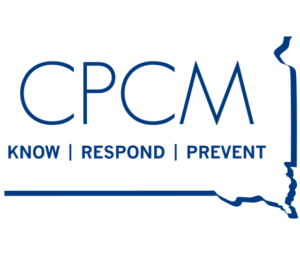Center for the Prevention of Child Maltreatment encourages the building and use of multidisciplinary teams (MDTs) in the response to child maltreatment. MDTs are comprised of professionals from law enforcement, child protection services, prosecution, medicine, behavioral health, and other connected fields. The goal of MDTs is to better coordinate the teamwork needed to ensure a timely and appropriate response to maltreatment incidents AND minimize the trauma experienced by the child.
Successful MDTs have:
- Committed members with support of their agency or organization.
- Defined roles and understanding of other member’s expertise.
- Developed mission statement, strategies, and or purpose of the team to guide the work.
- Confidentiality mandates.
- Conflict resolution guides to maintain meaningful relationships while working together on complex cases.
- Routine internal and external analysis of the team and its’ work.
Benefits of MDTs include:
- Decreased trauma experienced by the child and family.
- More accurate investigations and appropriate interventions.
- Better use of resources.
- More well-rounded training and experience.
Children’s Advocacy Centers in SD:
In South Dakota, children’s advocacy centers (CAC) are centered around the MDT model. Children’s advocacy centers are children-focused environments tied together by the community agencies and professionals that comprise the MDT. Children’s Advocacy Centers of SD supports communities by establishing and strengthening CACs in SD.
- Children’s Home Society Child Advocacy Center | 1330 Jolly Ln, Rapid City | 605-716-1628
- Child’s Voice at Sanford Health | 1305 W 18th St, Sioux Falls | 605-333-2226
- Central South Dakota Child Assessment Center at Avera St. Mary’s | 801 E Sioux Ave, Pierre | 605-224-3229
- Oglala Lakota Children’s Justice Center | 100 Crazy Horse Dr, Pine Ridge | 605-716-1628
REACH Team
(Respond. Educate. Advocate. Counsel. Heal.)
The REACH team is South Dakota’s first regional multidisciplinary team (MDT), designed to help victims and their families navigate the criminal justice system. The REACH team is headquartered in Watertown and serves 13 surrounding counties. With the addition of the Watertown REACH Team, child victims in South Dakota have access to a Child Advocacy Center (CAC) evaluation within a 2-hour drive.


